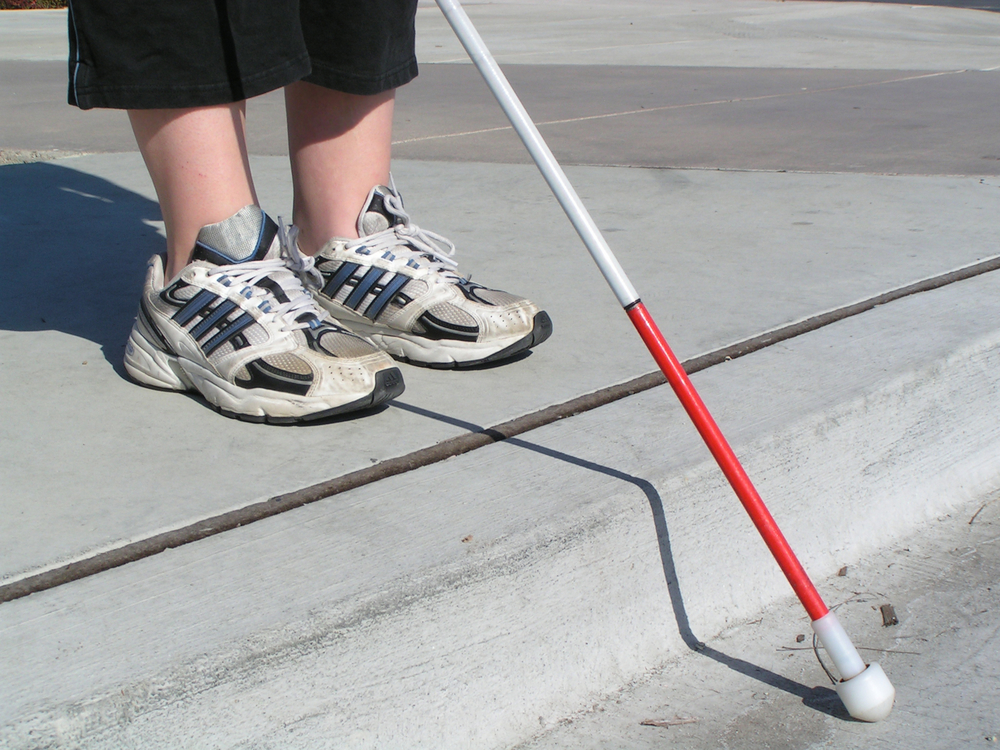Dicapta
Accessibility Tips
Accessibility Tips


Currently, technology is a powerful ally in breaking down barriers and making the world a more inclusive place. Every day, innovations are created in the field of accessibility. In this week's accessibility tip, we wanted to highlight three that you probably don't know about: Tactile Graphics, Color Identification Apps, and Smart Canes.
We chose these visual innovations because in October White Cane Day is celebrated, which aims to highlight not only the white cane as a mobility tool but everything it represents: safety, dignity, and an instrument for independent living. Likewise, World Sight Day, is also celebrated, which emphasizes the importance of eye care in the workplace.
Tactile graphics technology uses raised surfaces to represent images, diagrams, and maps, making them accessible to touch. These tactile representations provide people with an invaluable tool for understanding and navigating a visual world.
What you may not know is that 3D printing technology has made these tactile graphics more common than ever. Unlike traditional 3D printers that create solid objects, tactile graphic printers focus on creating raised surfaces and textures that can be explored by touch. They are capable of producing intricate and highly detailed tactile representations, ensuring that people can distinguish fine details, textures, and nuances in tactile graphics.
These apps use the cameras of smartphones to capture an image and then analyze the colors within that image. They then provide the user with a spoken or written description of those colors. This functionality can assist users in various ways. For example, when shopping for clothing, a color identification app can help ensure that people select garments that match well. In a different context, it can help identify colored objects at home or in the workplace.
There are also examples of new apps that leverage artificial intelligence to recognize objects. The visual world is gradually becoming more accessible for people with visual disabilities!
Currently, there are some smart canes on the market that aim to enhance the concept of the cane as an accessibility tool. For example, the WeWalk cane serves as a new handle for any standard cane and vibrates to alert the user about low obstacles that the cane's tip might miss. It can connect to an app to enable other smart features, such as accessible navigation through speakers, customized audio alerts, and the ability to check public transportation.